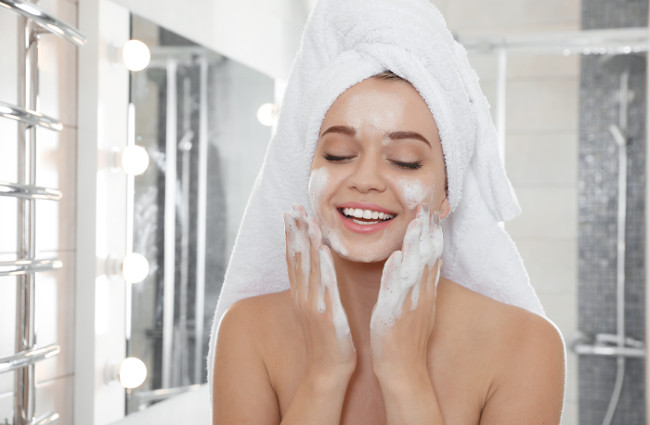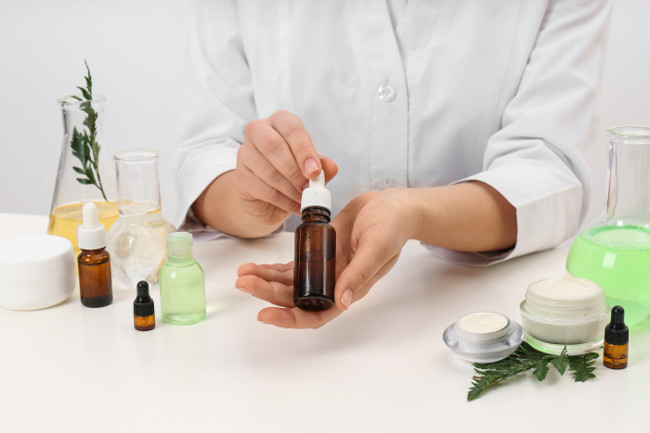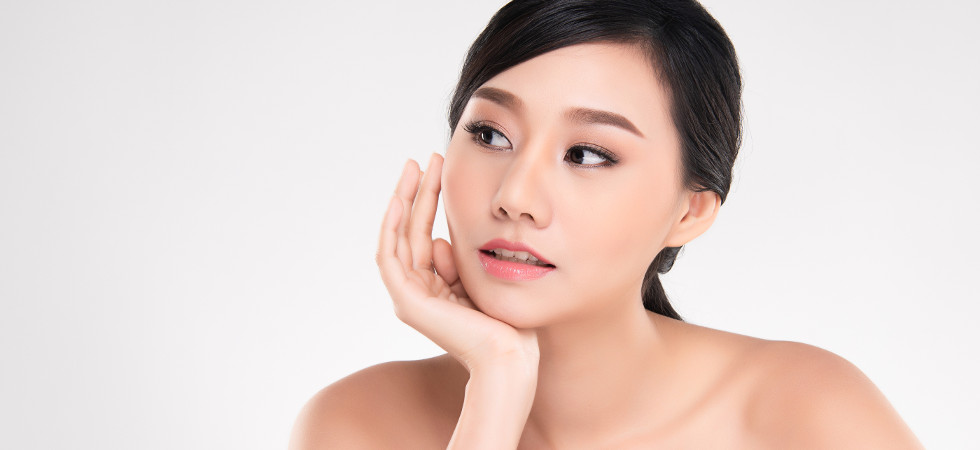If you’re a three-step skincare regime kind of person, turn away now. The latest skincare craze includes 10-steps and is enough to make even the most hardened of beauty aficionados wince. Of course, we’re talking about the Korean skincare regime which has whipped the beauty world into a frenzy. I became intrigued with the flawless glass-like quality of Korean women’s skin, but also the self-love and therapeutic qualities of such an indulgent skincare regimen. So, is it worth the faff, or is it just another fad to swerve?
What is it?
Korean women have some of the best skin in the world, and most stick to an eight to ten-step skincare routine to beautify their skin. It’s worth noting that a good proportion of Koreans supplement this regime with regular trips to spas and dermatology clinics. Investing so much time and money into skincare may seem like a foreign concept to most, but is it really that surprising given our skin is our biggest organ? Women in the western world are realising that the Korean way is about prevention rather than treatment. A diligent regime could lead to reduced signs of ageing, better-textured skin, and a more even skin tone.

The reason for so many products is that Korean women prefer specialised treatments rather than do-all multi-taskers. Each product has a specific and individual function in the routine. A lot of focus is placed on hydration. This is seen as the cornerstone of any good beauty regime as without it your fighting a losing battle against fine lines, textural irregularities, and blemishes. Which is why hyaluronic acid and glycerine are such popular Korean skincare ingredients, both have hydrating properties.
How can I replicate it?
In the evenings begin by cleansing. The best formula to use for this is a milk or oil which will break down makeup and grime easily. Follow up this initial cleanse with a gentle foaming cleanser with a water-based formula. Next, you’ll need to exfoliate, bear in mind this shouldn’t be done every day but instead two or three times a week. Avoid any exfoliant which has abrasive microbeads, instead, choose one with glycolic acid to gently remove dead skin cells. Then tone your skin to keep it hydrated, let the toner sink in before moving on to your next step. An Essence comes next, which is a bit of a foreign concept for most of us.
It’s best described as a mix between toner and serum, but with a looser waterier texture. Once again, its purpose is to hydrate and brighten skin. Follow your essence with a serum that targets a specific skincare worry. For instance, choose a serum with niacinamide for acne and blemish concerns. Serums can be quite tacky so leave this a moment before applying a sheet mask. These masks are another staple of K-beauty and a great way to deliver a vitamin dose to your skin in between facials. Then it’s time to apply eye cream and finally a moisturiser. A morning regime is similar but just cleanse once with your water-based product as you have no makeup to remove. You also can skip the sheet mask and swap your moisturiser for a hydrating sunscreen.

So, is it worth the hype?
The Korean Beauty regime is so worth the hype. It’s made us focus on our bad skin habits and take the time to understand what our skin needs. The plus points of the Korean Beauty regime start with great skin. Taking the time to give your skin the attention it needs leads to better skin in later life. There’s also something therapeutic about taking some time to look after and pamper yourself each day. A serious drawback of a Korean beauty regime is the cost. Obviously using eight to ten separate products once or twice a day is soon going to add up. This isn’t the case in Korea. Skincare isn’t seen as a luxury, it’s a necessity, and prices are kept competitive making products accessible to all. When building your own regime, you can limit your products to five.






















